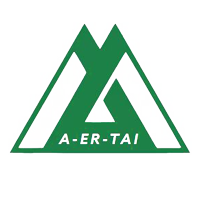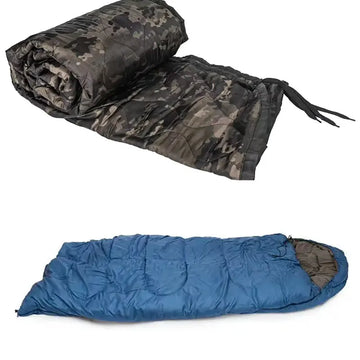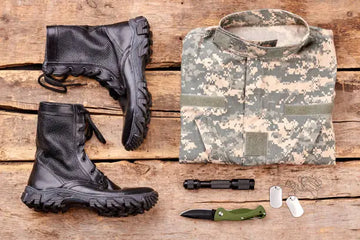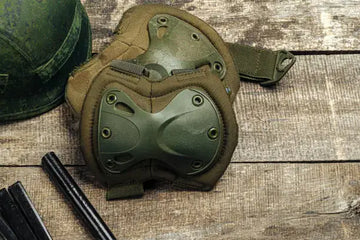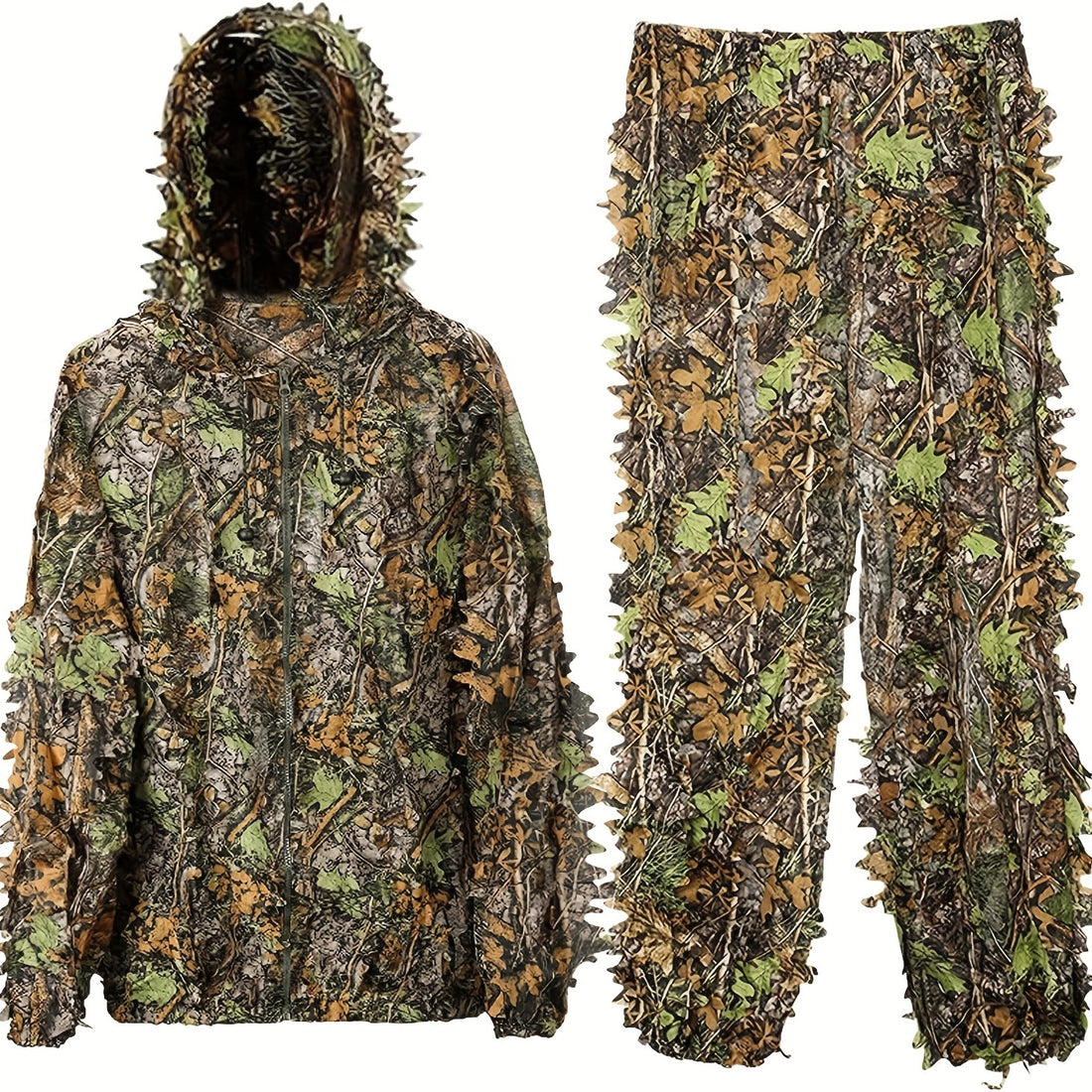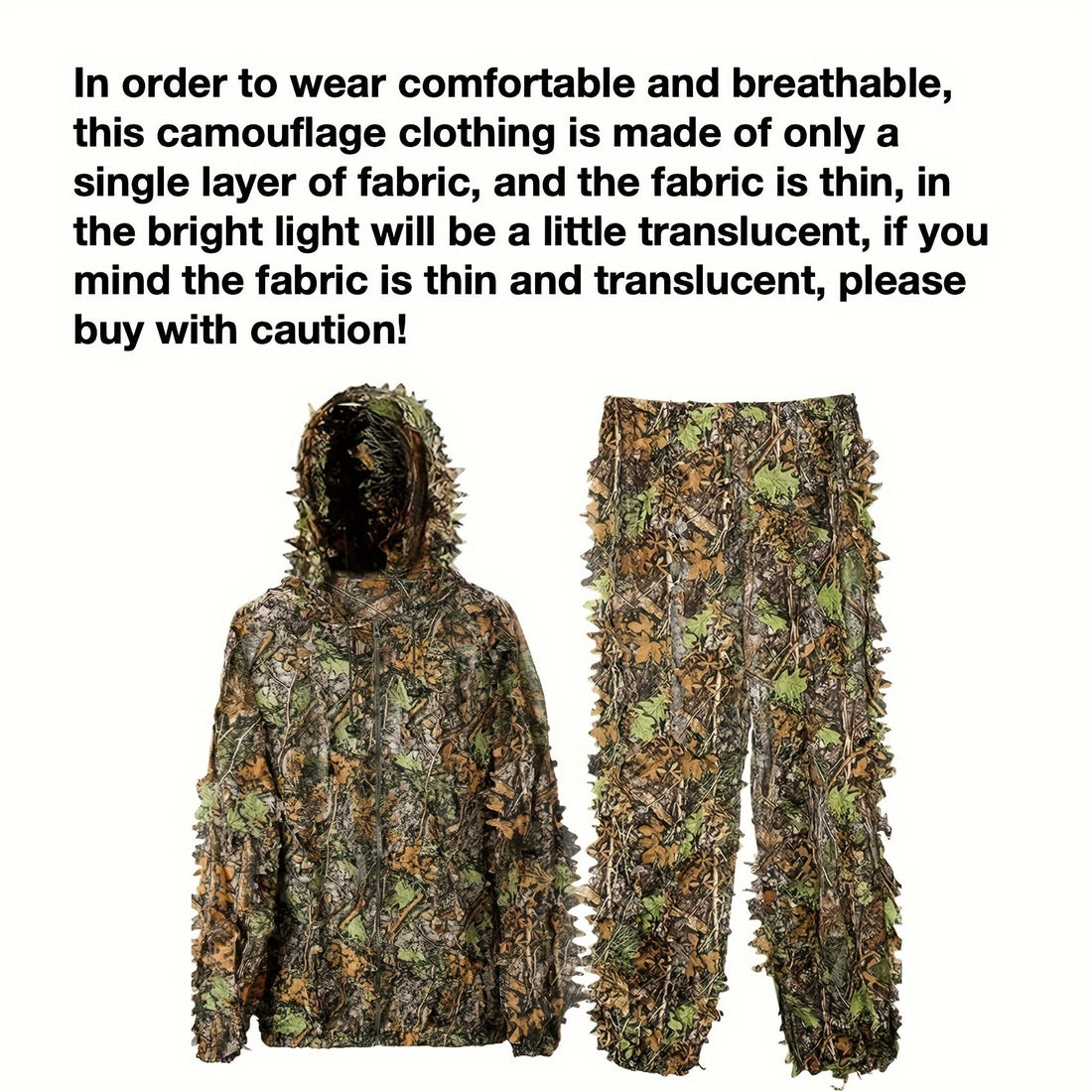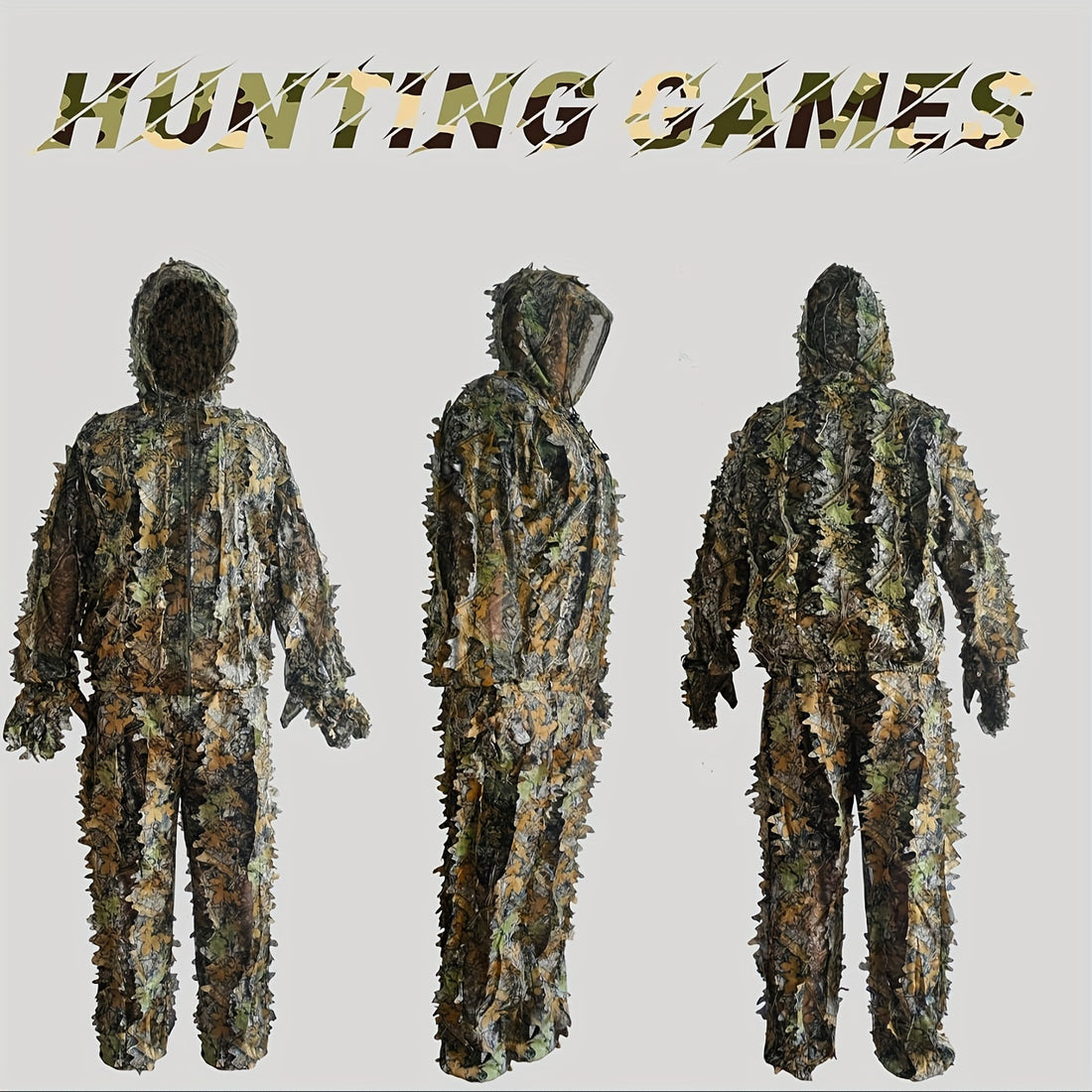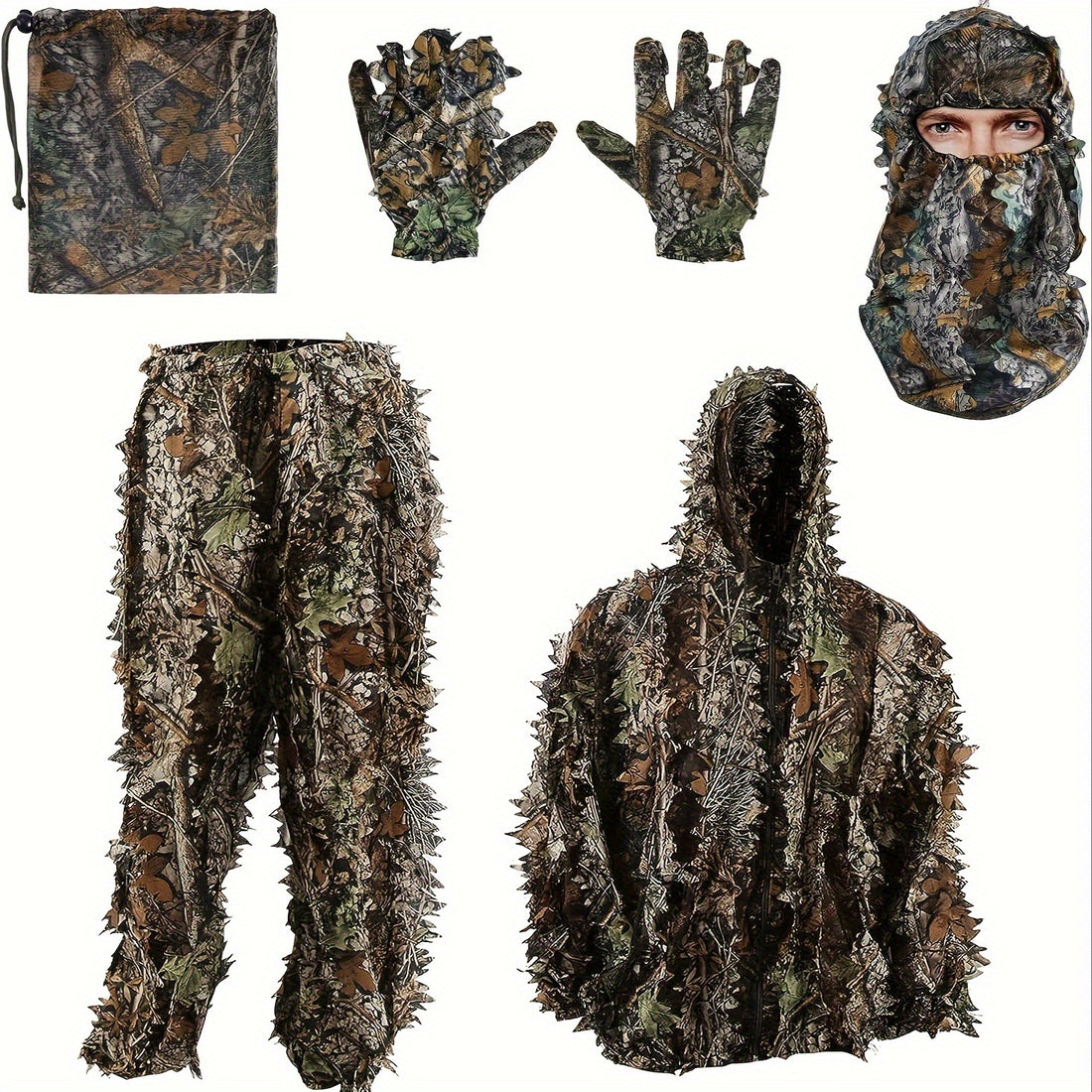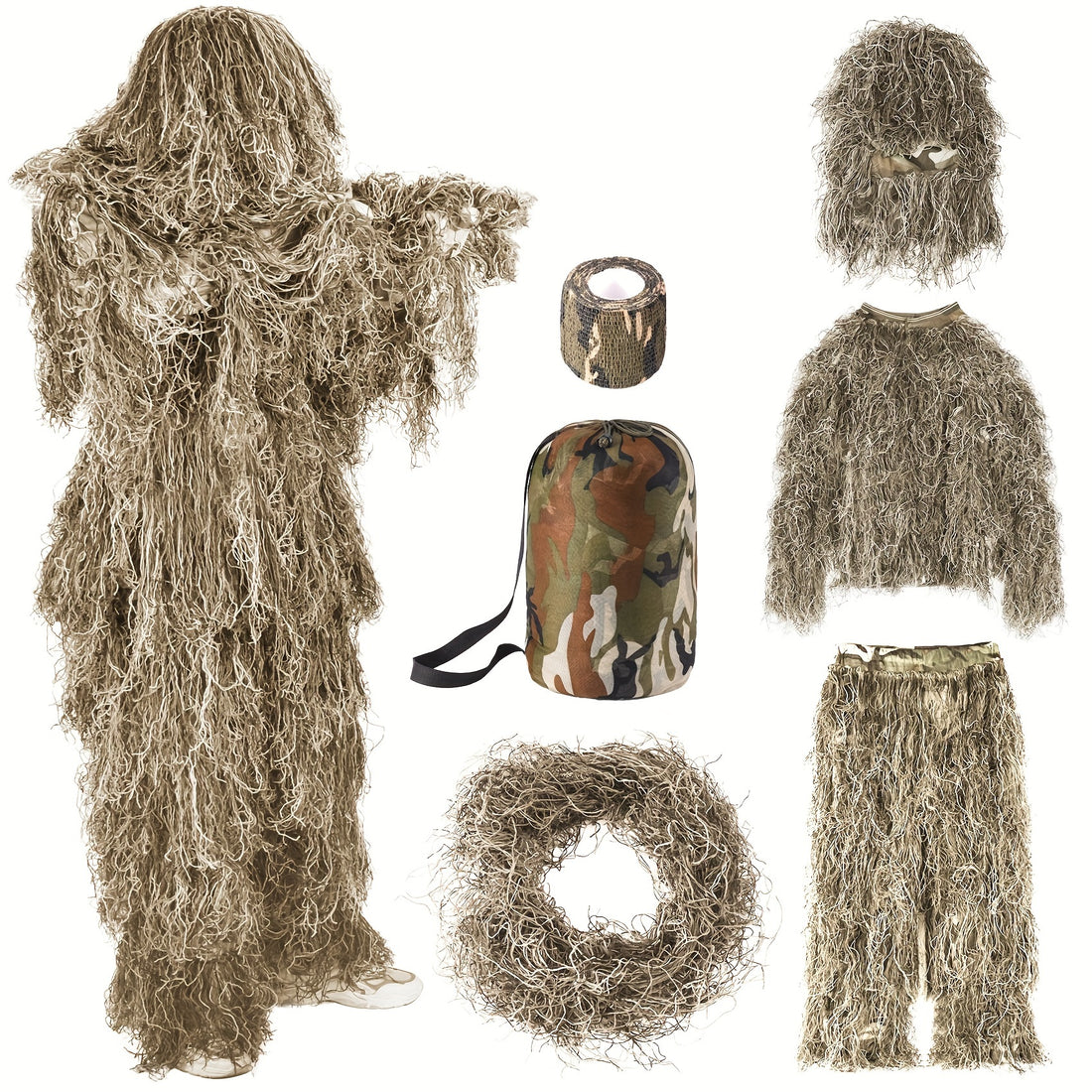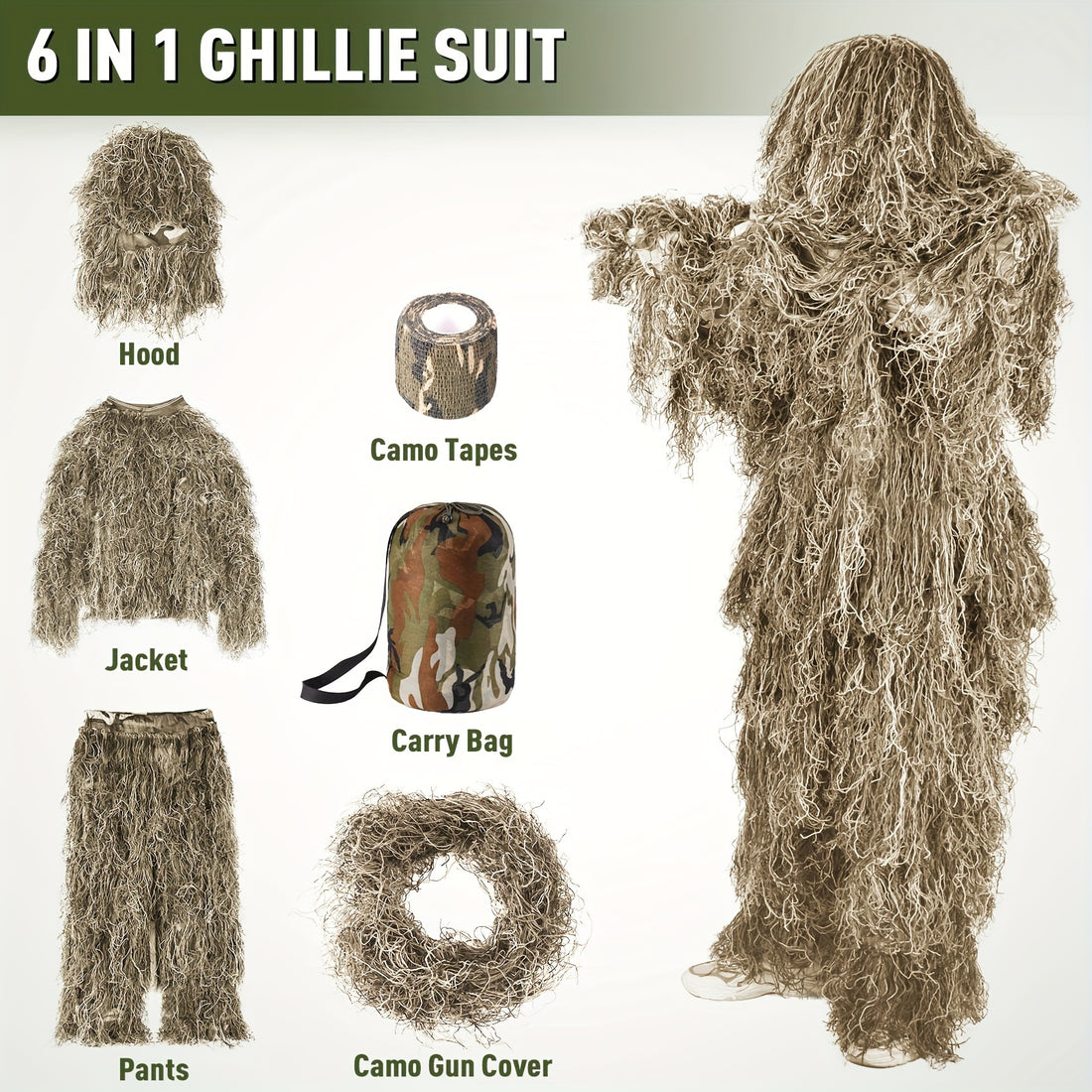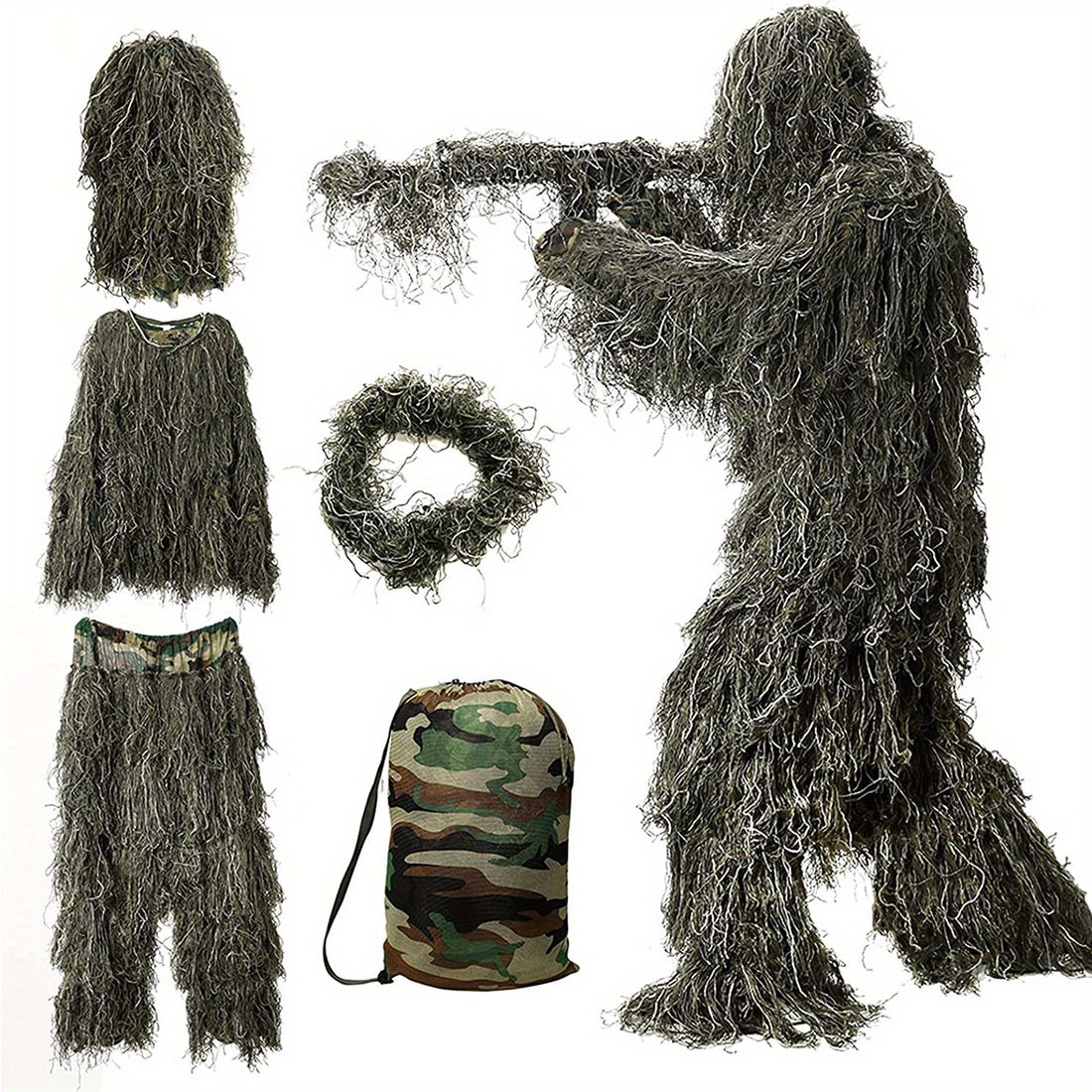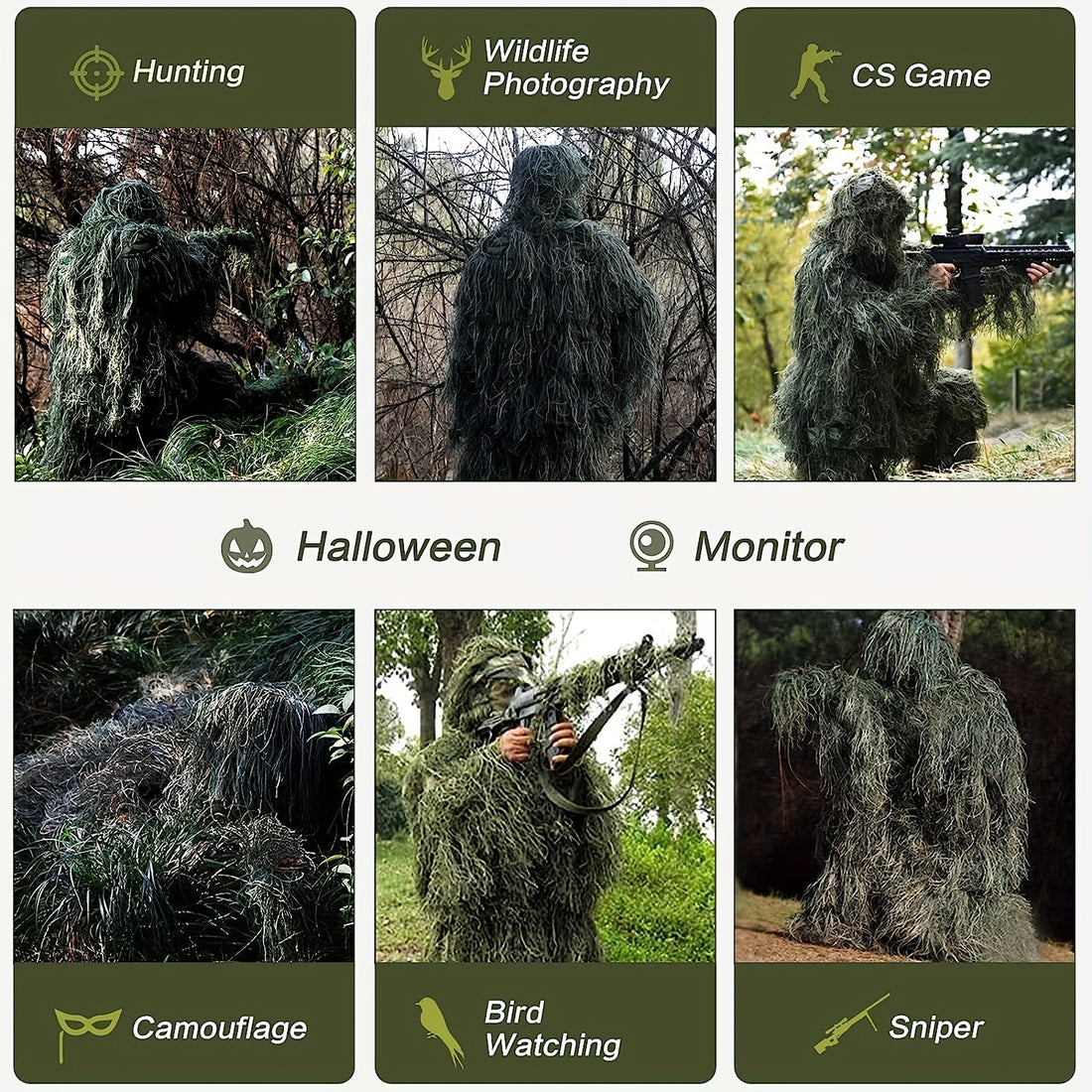Military pants form a key part of uniforms, shaped by the need for survival, ease of movement, and effectiveness in combat. Over time, they have changed from basic cloth coverings to advanced systems that integrate with other gear. This evolution shows a steady effort to address real challenges faced by soldiers in different environments.
This article outlines the main steps in the development of military trousers. It covers shifts in materials, designs, and uses across history.
The Early Era: Prioritizing Durability Before Comfort (Pre-World War II)
In the late 1800s and early 1900s, military pants suited warfare based on formations and long marches. The focus was on lasting through extended use rather than daily comfort.
Materials: Heavy wool served as the main material. It was easy to source and offered warmth, even in damp conditions. Yet wool had drawbacks: it itched against the skin, took a long time to dry, and grew heavy when soaked by rain.
Design: Designs stayed straightforward and roomy, often as breeches or straight-leg styles. These allowed soldiers to march or ride horses without restriction. Pockets were basic, usually just simple ones along the side seams. Most equipment went on belts or in packs, so pants did not need much storage. U.S. Army Center of Military History
The World War II Shift: Introducing Cargo Pants for Mobility
World War II brought faster, spread-out infantry tactics. Soldiers needed to carry vital items close at hand, without always reaching for a backpack.
Materials: Cotton sateen and canvas replaced much of the wool. These fabrics breathed better in different weather, but still weighed down when wet.
Key Innovation: A major change came with cargo pockets. The U.S. Army's M-1943 Field Pants included large, expandable bellows pockets on the thighs. These held bullets, maps, food, and medical supplies securely. This setup started the trend for today's tactical pants, making gear access quicker during action.
The Synthetic Shift: Building Lightweight Strength (Vietnam War Era)
The dense jungles of the Vietnam War required pants that could handle rough terrain and humidity. This pushed advances in fabrics and construction.
Materials: Ripstop cotton became standard. Its grid of stronger threads stopped small rips from growing, which helped the pants last longer amid vines and branches.
Design: The jungle fatigue uniform improved on cargo designs. It added bigger, easier-to-reach pockets and more airflow for hot, wet areas. Extra layers at the knees and seat provided support for crawling, climbing, and sudden fights. These updates made the pants more practical for patrols in tough settings.
The Modern Approach: Systems for Integration and Protection (1980s to Today)
Since the 1980s, military pants have become parts of larger setups for carrying loads and staying safe. They work with vests, belts, and pouches to fit specific missions.
Materials: Blends like nylon and cotton—known as NYCO—took over, along with full synthetics. These dry fast, resist water naturally, and weigh less while holding up to wear. High-wear areas (knees, seat, cuffs) often use Cordura nylon for extra scrape resistance.
Key changes include:
- MOLLE/PALS Webbing: Rows of straps on the legs, part of the Modular Lightweight Load-carrying Equipment system, let users clip on pouches for ammo, tools, or med kits right on the pants. This customizes setups for each task.
- Better Movement: Gussets at the crotch and pre-bent knees reduce bunching, supporting full range of motion in runs or squats.
- Built-in Safety: Slots for knee pads offer firm padding against falls. Some models add hip protection, too.
Today's Advances: Focusing on Fit and Added Performance
Current designs keep improving for comfort without losing toughness. Stretch elements like spandex now mix in for flexible movement. Fabrics often get treatments to block flames or repel bugs, suiting varied threats.
Pants trend toward body-hugging shapes that cut down on loose fabric and catches. Adjustable waists and zip vents for air flow are common now, helping in long operations.
Why This History Matters
The story of military pants highlights targeted fixes: lighter weight over wool, on-body storage beyond basic pockets, tear-proof fabrics for jungles, and modular options for protection. Each era solved a clear issue from the field.
Knowing this helps pick gear that matches real needs, like climate or activity. Good equipment solves problems directly, without extra bells and whistles.
About Us
As a manufacturer and supplier of tactical gear since 2009, we draw from this timeline in our work. The core ideas of lasting build, practical features, and user-focused design inform our custom items, such as modular pouches, load-bearing vests, and soft cases.
